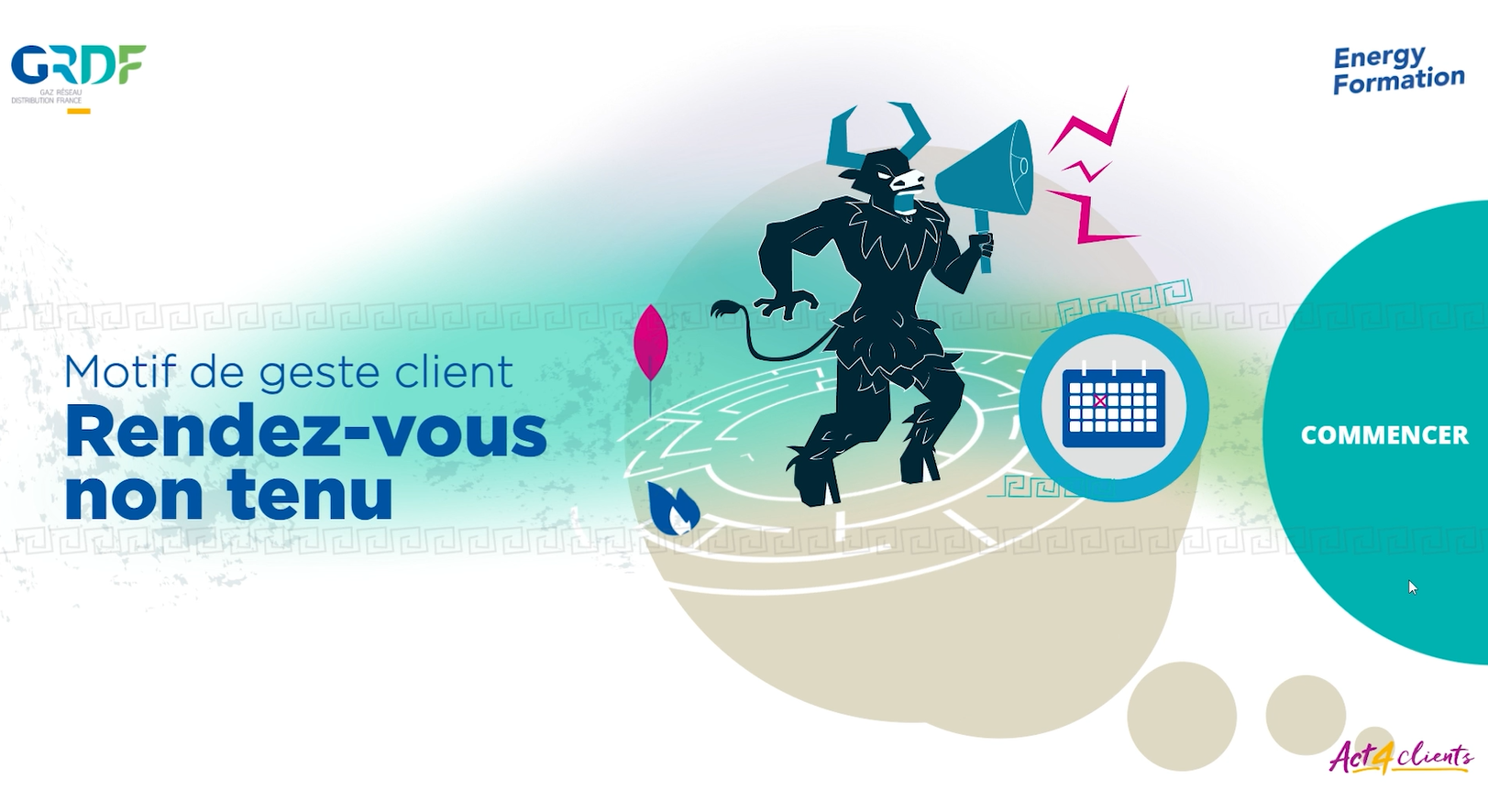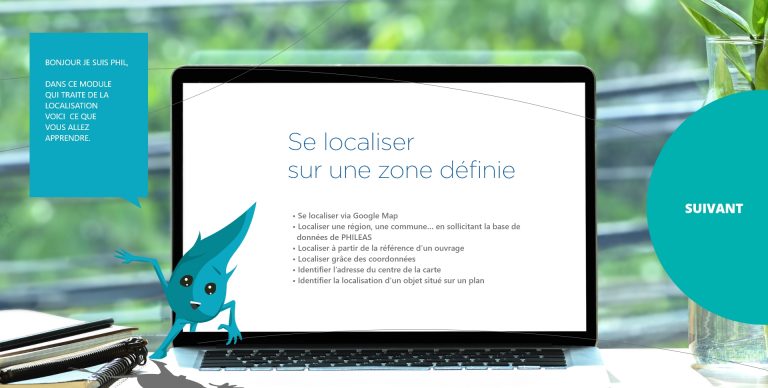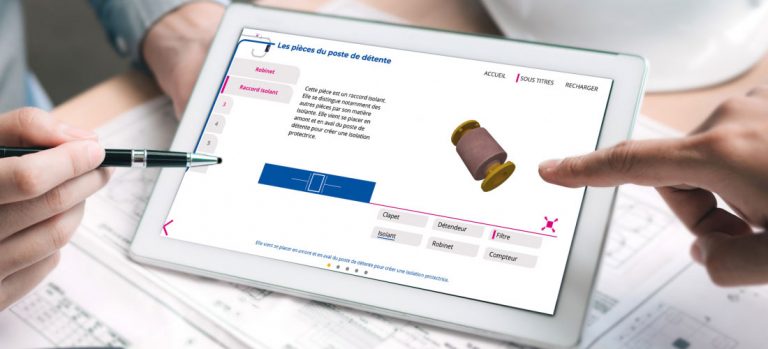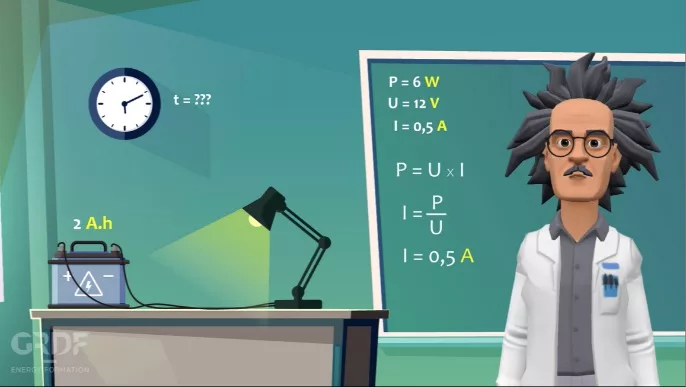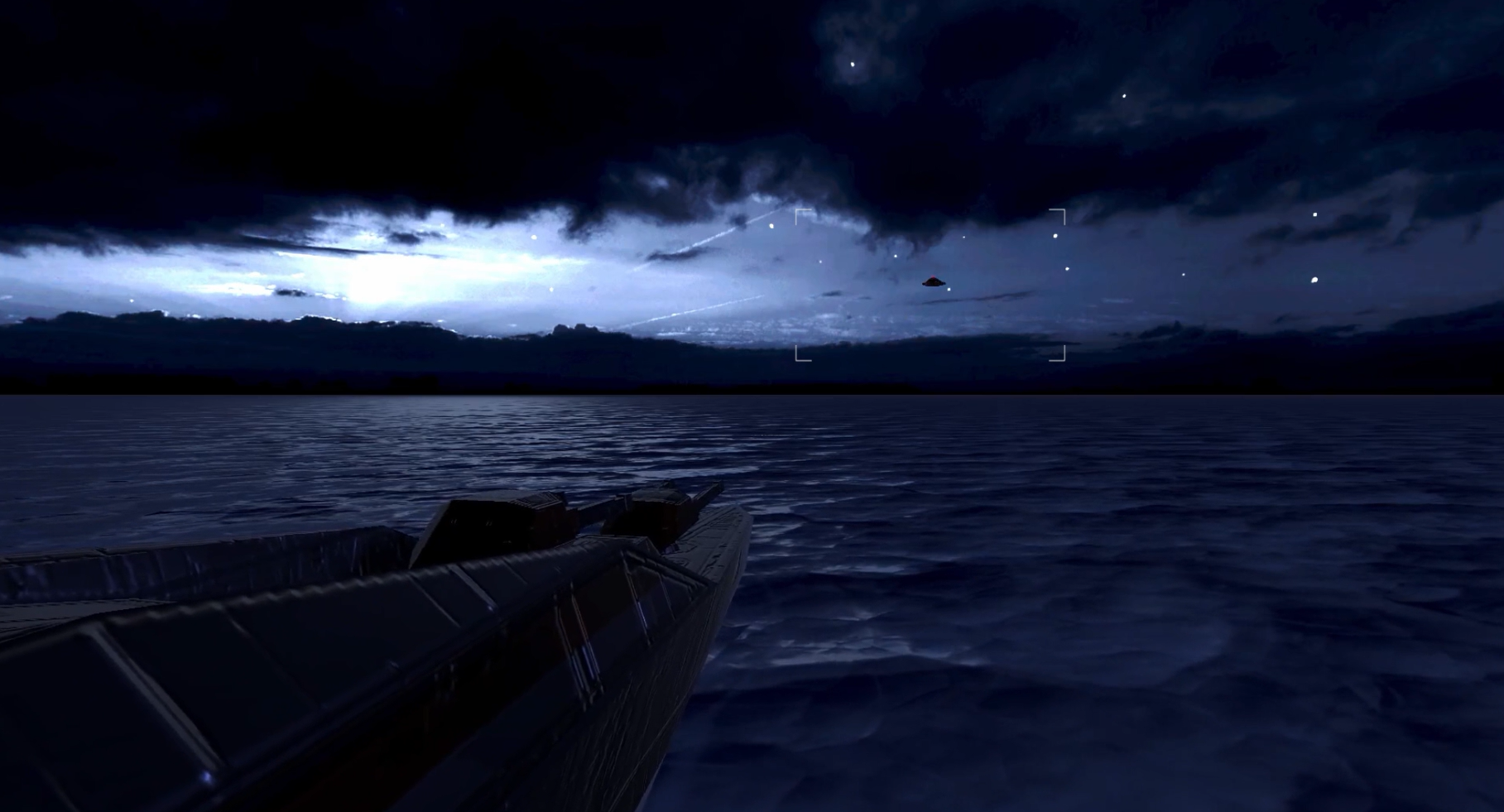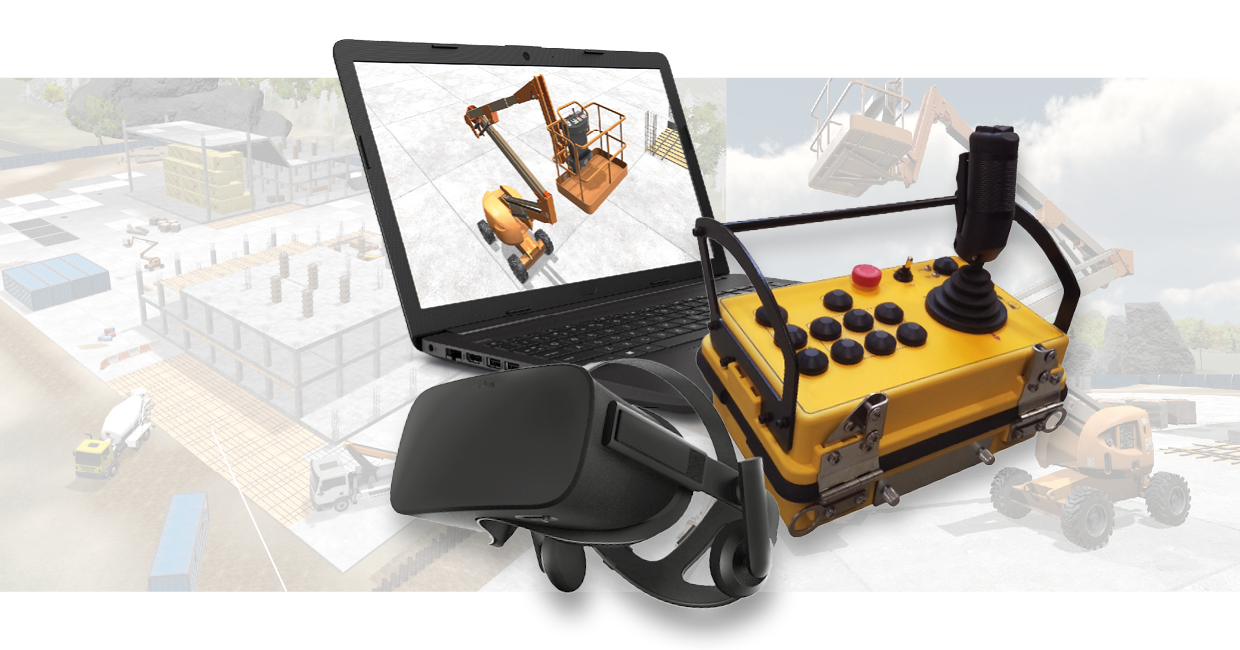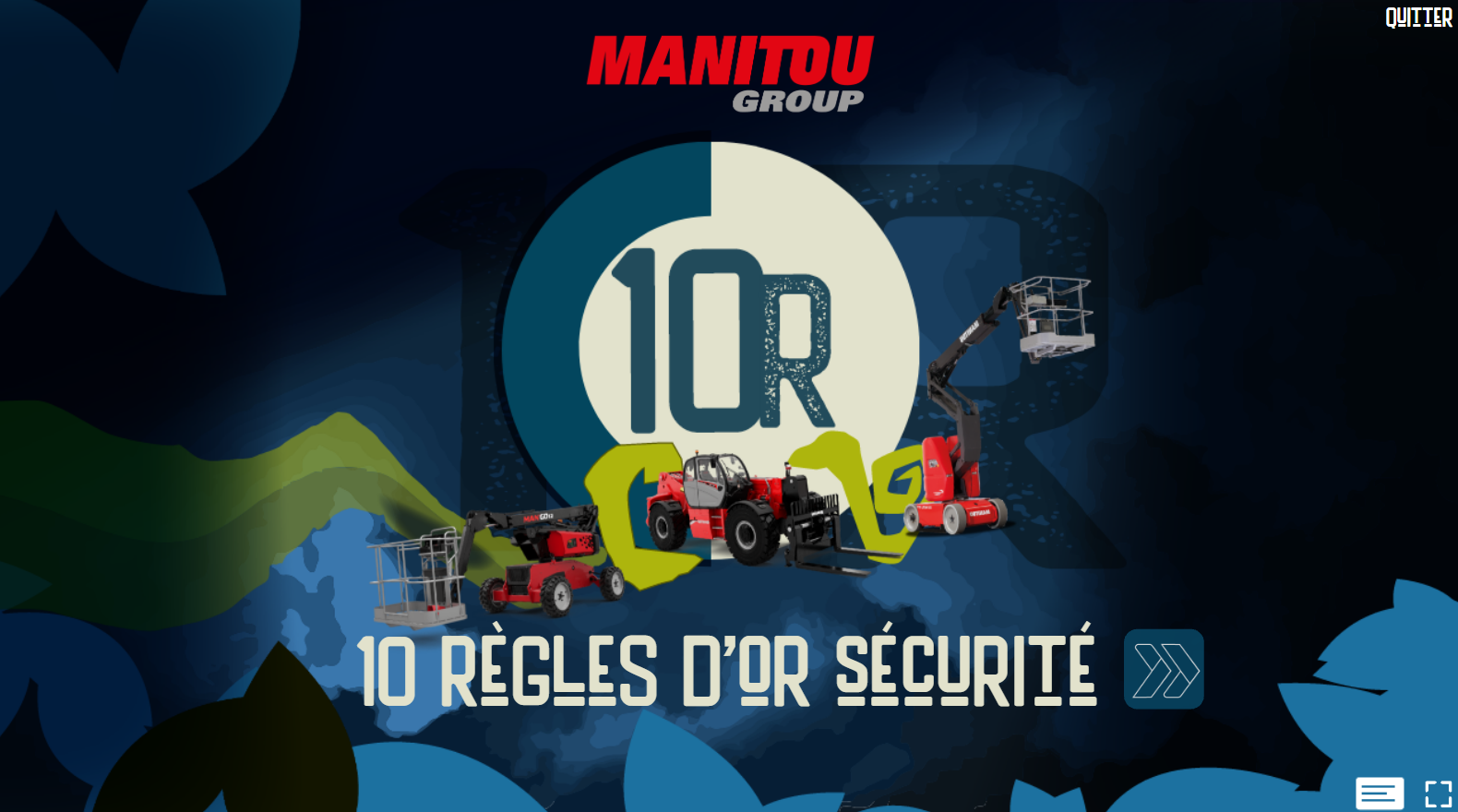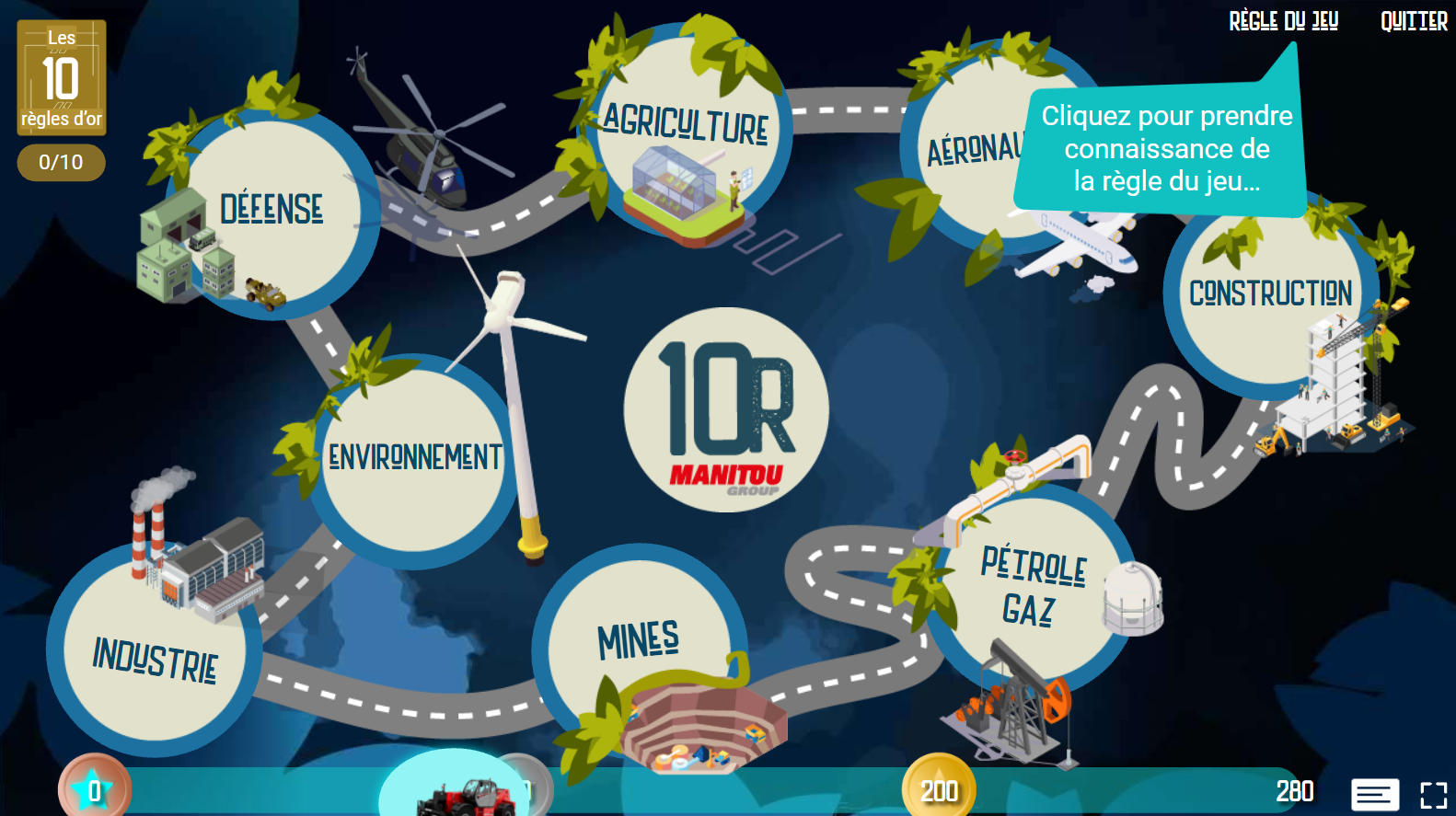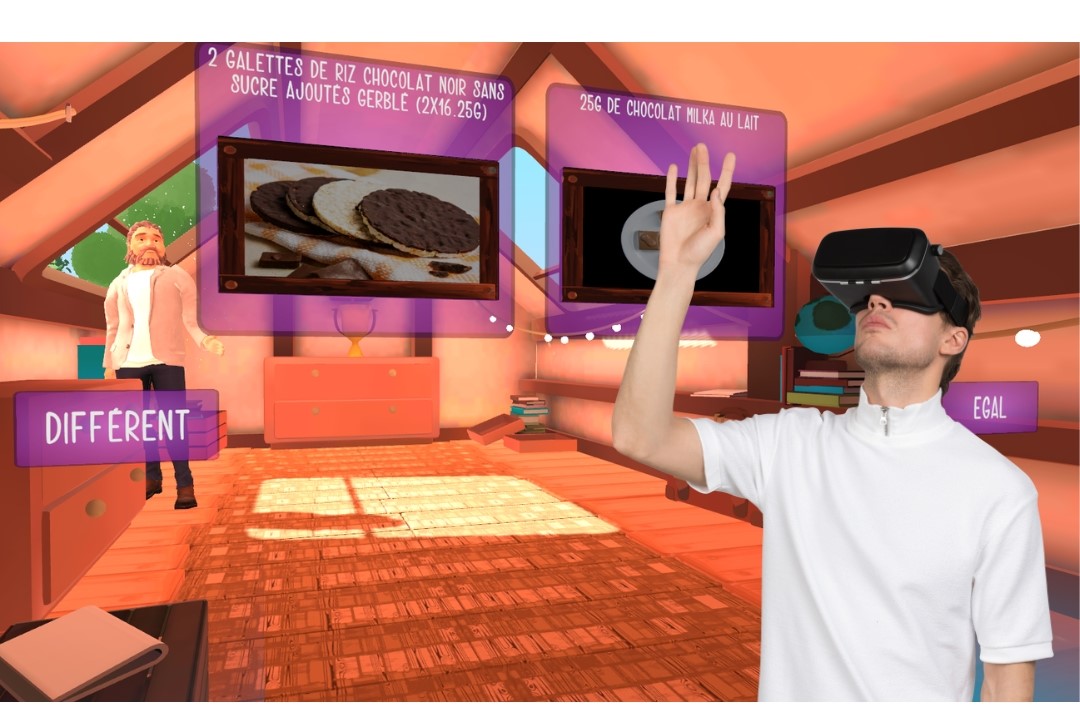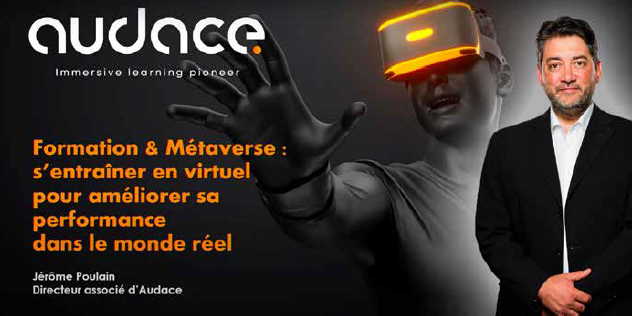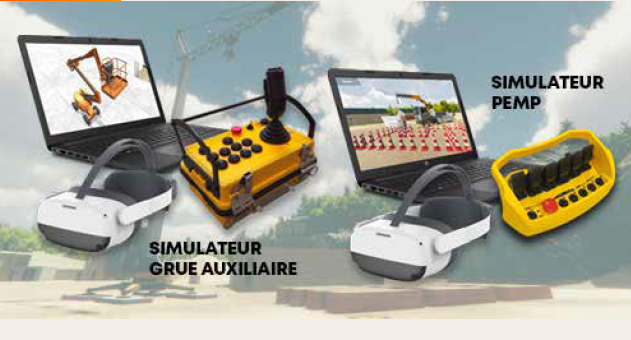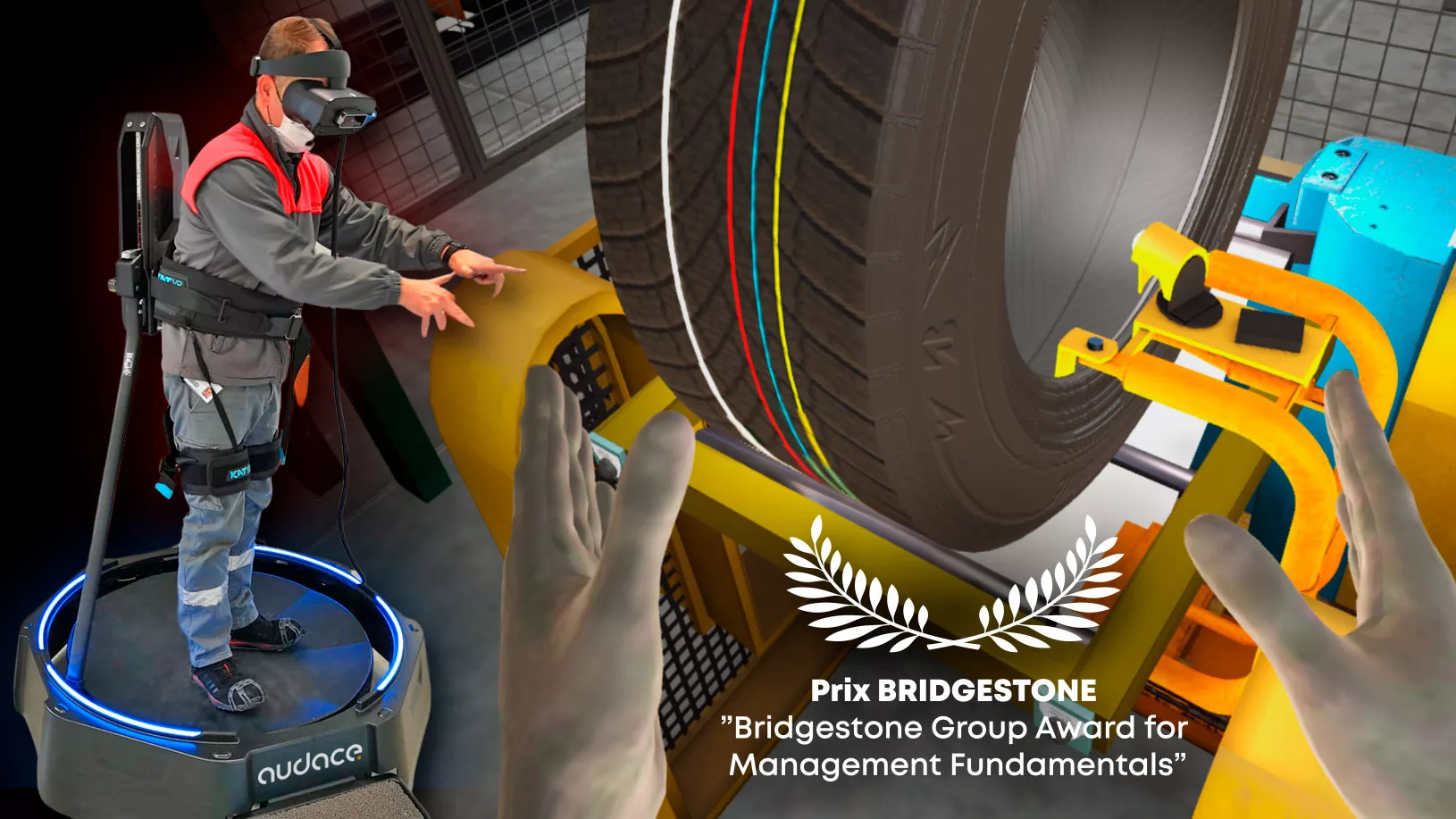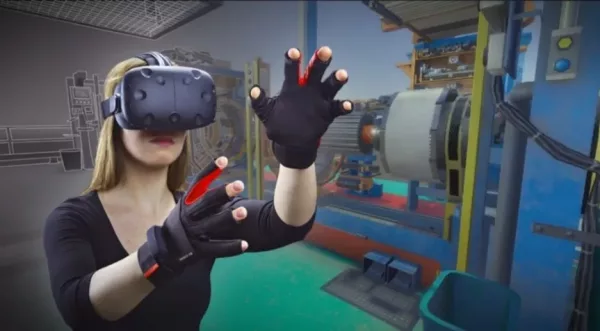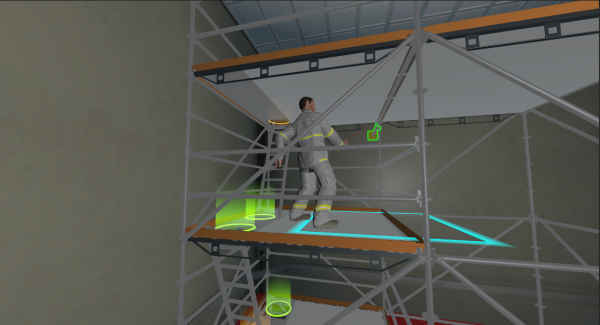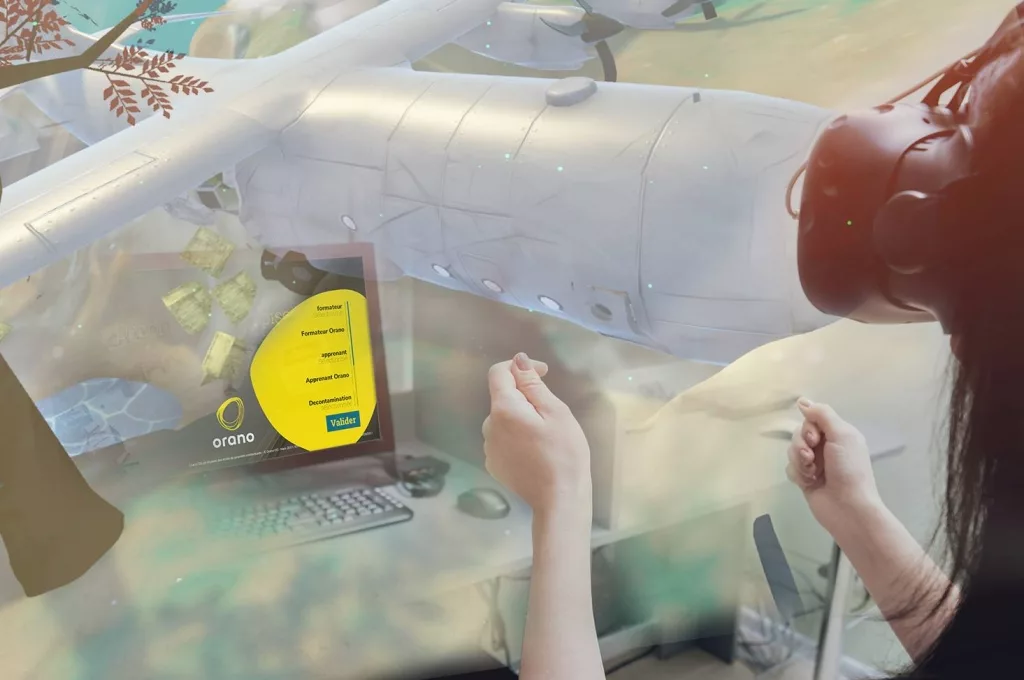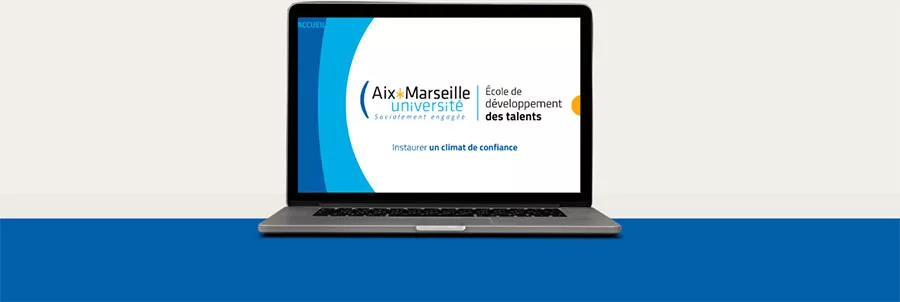Every year, GRDF, manager of the natural gas distribution network in France, faces a significant flow of complaints. To guarantee the satisfaction of its 11 million customers, it is crucial to properly manage the complaints processing process: from their identification to the relevant response including possible compensation.
A gamified training for handling complaints
To ensure the teams’ complete mastery of the complaints handling process, GRDF collaborated with Audace to create a gamified training on the subject.
The e-learning system is organized into three modules: complaints, analysis and response, and compensation. Each module lasts 20 minutes. To facilitate learning, the modules are divided into sequences with a sequential presentation of key concepts.
The training meets several objectives:
- Identify complaints
- Describe the complaint process at GRDF
- Record complaints in the dedicated software
- Analyze them and formulate a response
- Determine the appropriate level of compensation and enter it correctly
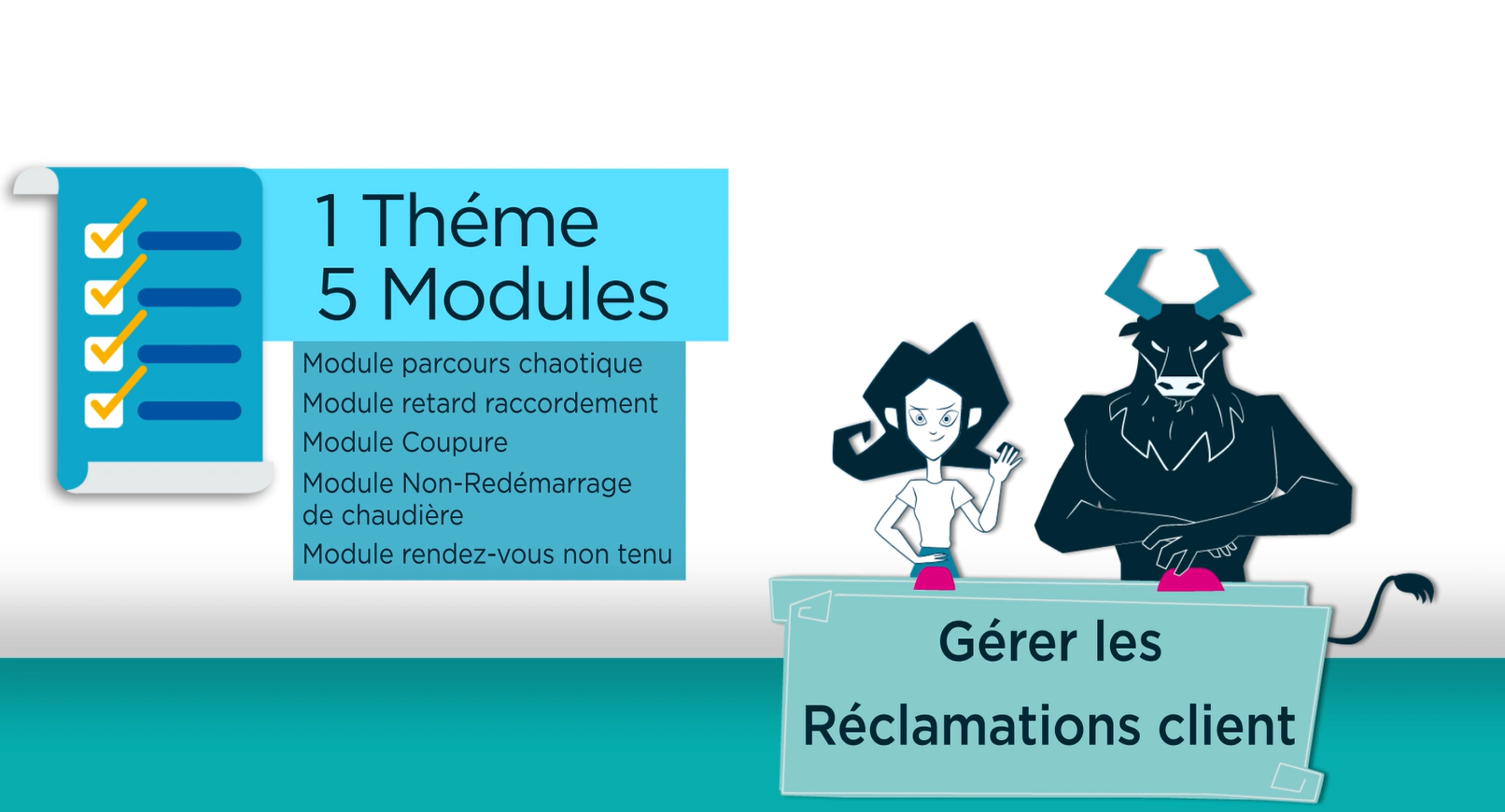
With Audace, mythology is introduced into pedagogy!
To add a playful dimension to the training, Audace proposed a storytelling approach inspired by the myth of Ariadne and the Minotaur. The labyrinth represents the complaints process; the thread of Ariadne is the tool the learner acquires to guide the customer through this maze. Symbolically, defeating the Minotaur represents the effective analysis and response to complaints, while the treasure at the heart of the labyrinth symbolizes the compensation the customer receives after proper handling of their complaint. The scenario illustrates the complexity of managing complaints, reminding that each request is a journey in itself.
This training provides employees with the keys to effectively handle complaints. The scenario, based on the myth and incorporating numerous interactive activities, facilitates knowledge acquisition.
